- Home
-
My Models
-
AV History
- Airline History Blog
-
Airline Development
>
-
Liveries
>
- Aeroméxico Liveries
- Air China Special Liveries
- American Airlines Liveries
- British Airways Liveries
- Continental Airlines Liveries
- Delta Air Lines Liveries
- Eastern Air Lines Liveries
- Landor Liveries
- National Airlines Liveries
- Northeast Airlines Liveries
- Northwest Airlines Liveries
- Pan Am Liveries
- Trans World Airlines Liveries
- United Airlines Liveries
- Western Airlines Liveries
- Airbus A380s >
- Boeing 747 >
- Real Airport Histories >
- Plane Spotting >
- Aviation Stickers >
-
1:400 SCALE
- Collecting 1:400 Scale >
- The History of 1:400 Scale >
-
1:400 Brands
>
- Aeroclassics >
- Airshop Diecast
- AURORA Models
- Aviation400 (2007-2012)
- Big Bird 400 Your Craftsman
- Black Box Models
- Blue Box & Magic Models
- C Models
- Dragon Wings
- El Aviador 400
- Gemini Jets >
- JAL Collection / Jet Hut >
- Jet-X >
- MP4 Models
- NG Models >
- Panda Models >
- Phoenix Models >
- Seattle Models Co (SMA)
- Skyjets400
- Sovereign Models
- TucanoLine
- Witty Wings / Apollo
- Yu ModeLs
- 1:400 Custom Models >
- Production Numbers
- Zinc Rot
-
1:400 Moulds
- The Best Moulds >
- Airbus >
-
Boeing
>
- Boeing B-377 Stratocruiser
- Short Boeing 707s & 720s
- Boeing 707-320/420
- Boeing 717
- Boeing 727-100
- Boeing 727-200
- Boeing 737-100/200
- Boeing 737-300 >
- Boeing 737-400
- Boeing 737-500
- Boeing 737-600
- Boeing 737-700/800/900 >
- Boeing 737 MAX
- Boeing 747-100/200 >
- Boeing 747-400 >
- Boeing 747SP
- Boeing 747-8 Interactive
- Boeing 747LCF Dreamlifter
- Boeing 757-200 >
- Boeing 757-300
- Boeing 767-200
- Boeing 767-300
- Boeing 777-200
- Boeing 777-300
- Boeing 787
- British >
- Douglas >
- Lockheed >
- Other >
- Chinese >
- Soviet >
- Smallest Moulds in 1:400
-
1:400 Reviews
-
Model News
- Model Blog
-
New Mould Samples
>
- Aviation400 >
- JC Wings >
-
NG Models 400 Scale
>
- Airbus A318
- Airbus A319/320 CEO
- Airbus A319/320 NEO
- Airbus A321CEO & NEO
- Airbus A330-200/300
- Airbus A330 Beluga XL
- Airbus A330-800/900
- Airbus A340-200/300
- Airbus A350-900
- Airbus A350-1000
- Boeing 737-600/700/900
- Boeing 737-600 Refresh
- Boeing 737-800
- Boeing 737 MAX-8/MAX-9
- Boeing 737 MAX-7/MAX-10
- Boeing 747-100
- Boeing 747-200
- Boeing 747-400
- Boeing B747SP
- Boeing 747-8I
- Boeing 747-8F
- NG 747s Together
- Boeing 757-300
- Boeing 767-200/300 >
- Boeing 767-400 >
- Boeing 777-200
- Boeing 777-300/300ER
- Boeing 787-8
- Lockheed L-1011 Tristar
- Lockeed Tristar 500
- McDonnell Douglas MD-80
- McDonnell Douglas MD-87
- Tupolev Tu-154
- Tupolev Tu-204/Tu-214/Tu-234
- NG Models 200 Scale >
- Phoenix Models >
- Yu ModeL >
-
1:600 SCALE
- DIORAMAS
Over time the BAE 146 fleet was standardised on the larger series 300s, which seated 93 passengers, and grown to ten aircraft. During 1990/91 the airline carried over 1 million passengers for the first time. Growing its presence as a major NZ airline Ansett also expanded into feeder services competing against Air New Zealand's regional partners. These flights operated under the Tranzair brand using companies such as Rex Aviation (using Embraer Bandeirantes), Northern Commuter (using Piper Chieftains), Bell Air (using a Beech 99) and briefly Astral Air (using Dornier Do 228s). By the mid-90s Ansett New Zealand was well established on the trunk routes competing against Air New Zealand's 737-200s. The airline rebranded in 1994 inline with its parents new livery and in 1995 added a third DHC-8, which tookover the Christchurch-Invercargill service. Unfortunately the airline suffered a crash of one of its DHC-8s on June 9, 1995, which killed four people. Nevertheless the DHC-8 fleet grew subsequently to four aircraft, which occassionally were swapped out with other machines when maintenance was required. The feeder services were consolidated as Rex Aviation tookover Northern Commuter and Bell Air's routes in 1995/96. Tranzair was rebranded as Ansett New Zealand Regional in February 1996 and Rex grew its fleet to 5 EMB-110s operating routes such as Auckland-Whakatane, Auckland-Whangarei, Wellington-Nelson and Wellington-Blenheim. In hindsight 1996/97 was probably the highpoint of the airline's history. On July 23, 1997 the airline marked ten years operating under the Ansett name and unveiled a special livery on the BAE 146 ZK-NZJ. This scheme was inspired by the drawings of 10 children that had benefitted from the airline's "Stars Trust" charity, which aimed to help kids with special needs. Ansett additionally gave the trusts 50c per passenger tha would fly on the aircraft in the next year with the enterprise flying under the 'plane for kids, inspired by kids' motto. Rather than the anniversary it was however events in 1996, which would impact the airline more. Air New Zealand purchased TNT's 50% share of Ansett Australia. This caused a rather awkward position for Ansett New Zealand, which was resolved when the commerce commission forced the NZ arm's ownership to be fuly transferred over to Ansett's other owner - News Corporation Ltd. Nonetheless the airline continued to do well and in 1995/96 carried over 2 million passengers for the first time and took a 40% marketshare. Finally the airline also began to find profits and posted a surplus for three years running from 1994/95. Unfortunately the airline under News Corp ownership appears to have devolved into an unfriendly place. Whether it was the losses or News Corp simply trying to reorganise the airline for sale industrial relations soured dramatically. There were a series of small strikes which led in September 1999 to the airline taking the drastic step of locking out almost its entire pilot workforce. This was caused when only four of its pilots agreed to a new contract that would increase flying hours, cut allowance payments, and reduce pilot numbers by 35. The empass continued until near the end of October when the pilots capitulated in the face of Ansett NZ replacing them wholesale. The strike had a massive impact on the little airline and the losses from the almost wholesale collapse of its schedule far outweighed any gains that the new contract would bring. It was evident that things could not continue this way and ironically Air New Zealand guaranteed they would not. It was again the actions of Air New Zealand that indirectly threatened the airline in 2000 when they disastrously bought out News Corp's stake of Ansett. As part of this deal Ansett sold its New Zealand operation to a new company - named Tasman Pacific Airlines, which had been formed by a group of New Zealand investors. In a bizarre twist Ansett NZ was rebranded to fly as a franchise partner of no less than Ansett's great rival Qantas. To be fair only 3 years of Ansett New Zealand's history showed profits and the news media was sceptical of the likelihood of success from the off. Unfortunately the predictions were accurate and 'Qantas New Zealand' was out of business by late April 2001. For more on Qantas NZ see: Making money in the New Zealand domestic or trans-Tasman market is difficult against the encumbent clout of Air New Zealand, as multiple operators have found, however as long as they had the backing of their parent Ansett New Zealand put up a strong fight and excellent service. This is something that all New Zealanders owe them a thanks for. References
Clark, Peter. 1997, August. Ansett Anniversary - 10 Years On. NZ Wings 1999. Labour strife at Ansett New Zealand. Smiliner Ansett New Zealand. Wikipedia Newmans Air. Wikipedia Ansett New Zealand. Timetableimages.com
0 Comments
Leave a Reply. |
AuthorI'm Richard Stretton: a fan of classic airliners and airlines who enjoys exploring their history through my collection of die-cast airliners. If you enjoy the site please donate whatever you can to help keep it running: Archives
July 2024
Categories
All
|
- Home
-
My Models
-
AV History
- Airline History Blog
-
Airline Development
>
-
Liveries
>
- Aeroméxico Liveries
- Air China Special Liveries
- American Airlines Liveries
- British Airways Liveries
- Continental Airlines Liveries
- Delta Air Lines Liveries
- Eastern Air Lines Liveries
- Landor Liveries
- National Airlines Liveries
- Northeast Airlines Liveries
- Northwest Airlines Liveries
- Pan Am Liveries
- Trans World Airlines Liveries
- United Airlines Liveries
- Western Airlines Liveries
- Airbus A380s >
- Boeing 747 >
- Real Airport Histories >
- Plane Spotting >
- Aviation Stickers >
-
1:400 SCALE
- Collecting 1:400 Scale >
- The History of 1:400 Scale >
-
1:400 Brands
>
- Aeroclassics >
- Airshop Diecast
- AURORA Models
- Aviation400 (2007-2012)
- Big Bird 400 Your Craftsman
- Black Box Models
- Blue Box & Magic Models
- C Models
- Dragon Wings
- El Aviador 400
- Gemini Jets >
- JAL Collection / Jet Hut >
- Jet-X >
- MP4 Models
- NG Models >
- Panda Models >
- Phoenix Models >
- Seattle Models Co (SMA)
- Skyjets400
- Sovereign Models
- TucanoLine
- Witty Wings / Apollo
- Yu ModeLs
- 1:400 Custom Models >
- Production Numbers
- Zinc Rot
-
1:400 Moulds
- The Best Moulds >
- Airbus >
-
Boeing
>
- Boeing B-377 Stratocruiser
- Short Boeing 707s & 720s
- Boeing 707-320/420
- Boeing 717
- Boeing 727-100
- Boeing 727-200
- Boeing 737-100/200
- Boeing 737-300 >
- Boeing 737-400
- Boeing 737-500
- Boeing 737-600
- Boeing 737-700/800/900 >
- Boeing 737 MAX
- Boeing 747-100/200 >
- Boeing 747-400 >
- Boeing 747SP
- Boeing 747-8 Interactive
- Boeing 747LCF Dreamlifter
- Boeing 757-200 >
- Boeing 757-300
- Boeing 767-200
- Boeing 767-300
- Boeing 777-200
- Boeing 777-300
- Boeing 787
- British >
- Douglas >
- Lockheed >
- Other >
- Chinese >
- Soviet >
- Smallest Moulds in 1:400
-
1:400 Reviews
-
Model News
- Model Blog
-
New Mould Samples
>
- Aviation400 >
- JC Wings >
-
NG Models 400 Scale
>
- Airbus A318
- Airbus A319/320 CEO
- Airbus A319/320 NEO
- Airbus A321CEO & NEO
- Airbus A330-200/300
- Airbus A330 Beluga XL
- Airbus A330-800/900
- Airbus A340-200/300
- Airbus A350-900
- Airbus A350-1000
- Boeing 737-600/700/900
- Boeing 737-600 Refresh
- Boeing 737-800
- Boeing 737 MAX-8/MAX-9
- Boeing 737 MAX-7/MAX-10
- Boeing 747-100
- Boeing 747-200
- Boeing 747-400
- Boeing B747SP
- Boeing 747-8I
- Boeing 747-8F
- NG 747s Together
- Boeing 757-300
- Boeing 767-200/300 >
- Boeing 767-400 >
- Boeing 777-200
- Boeing 777-300/300ER
- Boeing 787-8
- Lockheed L-1011 Tristar
- Lockeed Tristar 500
- McDonnell Douglas MD-80
- McDonnell Douglas MD-87
- Tupolev Tu-154
- Tupolev Tu-204/Tu-214/Tu-234
- NG Models 200 Scale >
- Phoenix Models >
- Yu ModeL >
-
1:600 SCALE
- DIORAMAS

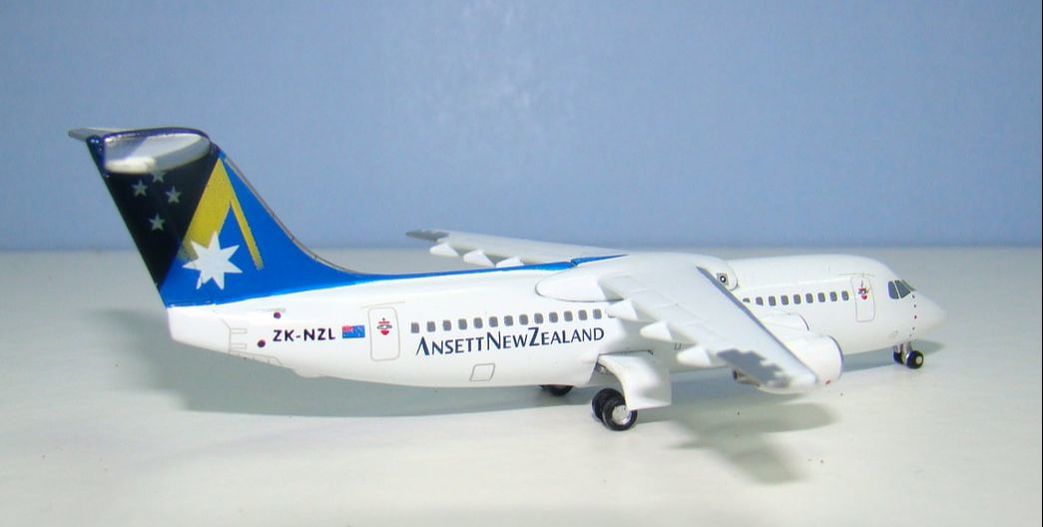
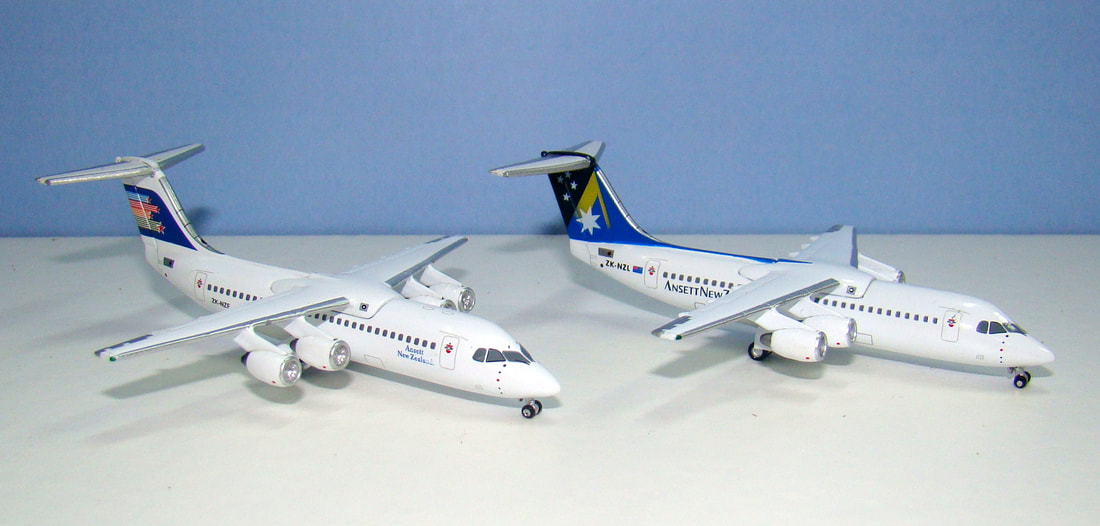
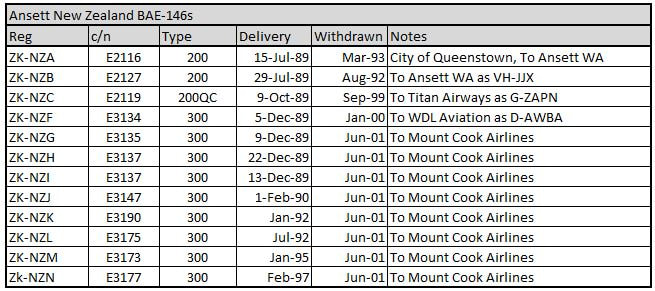
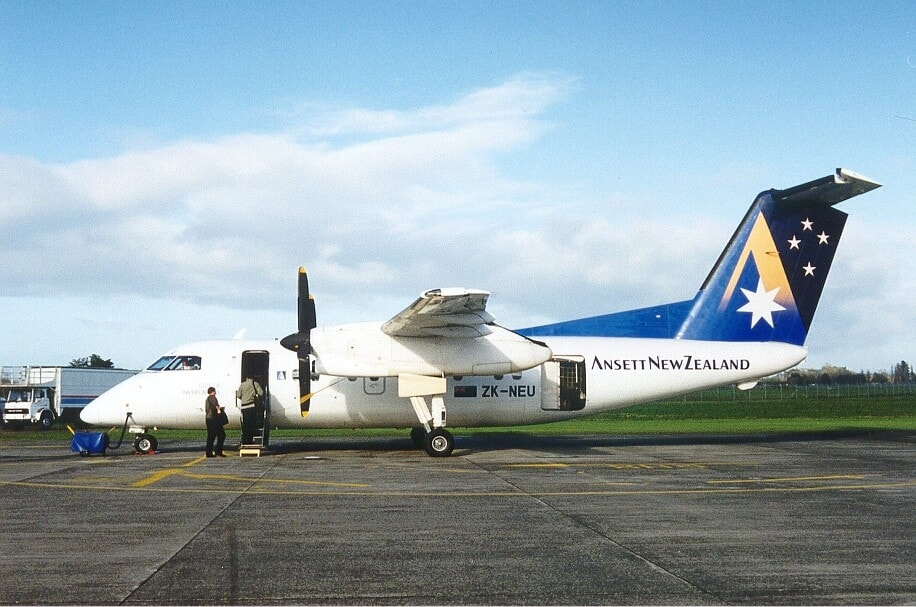
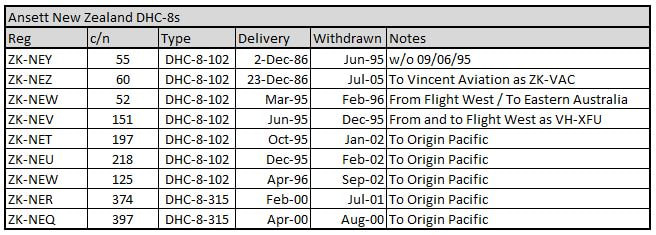
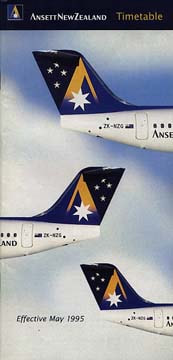
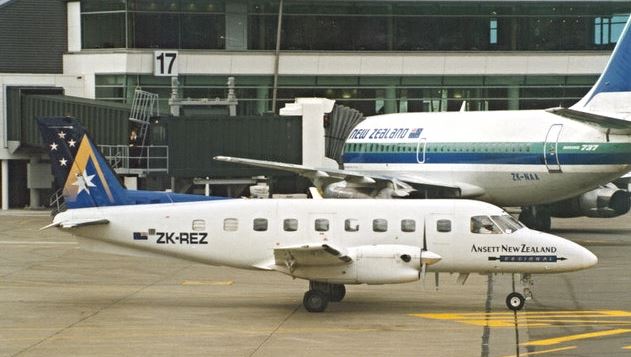
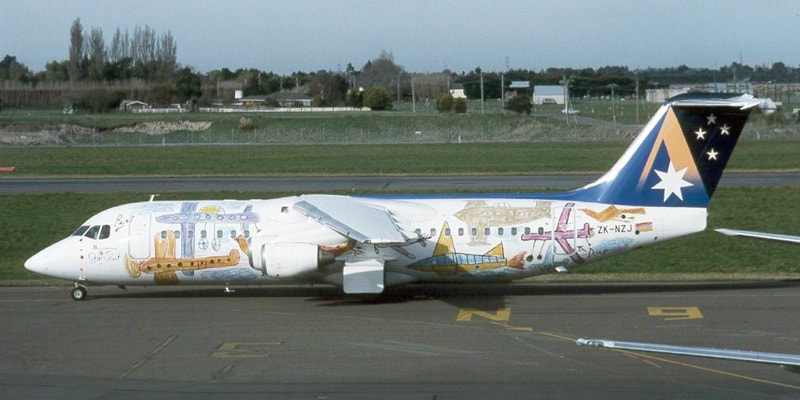
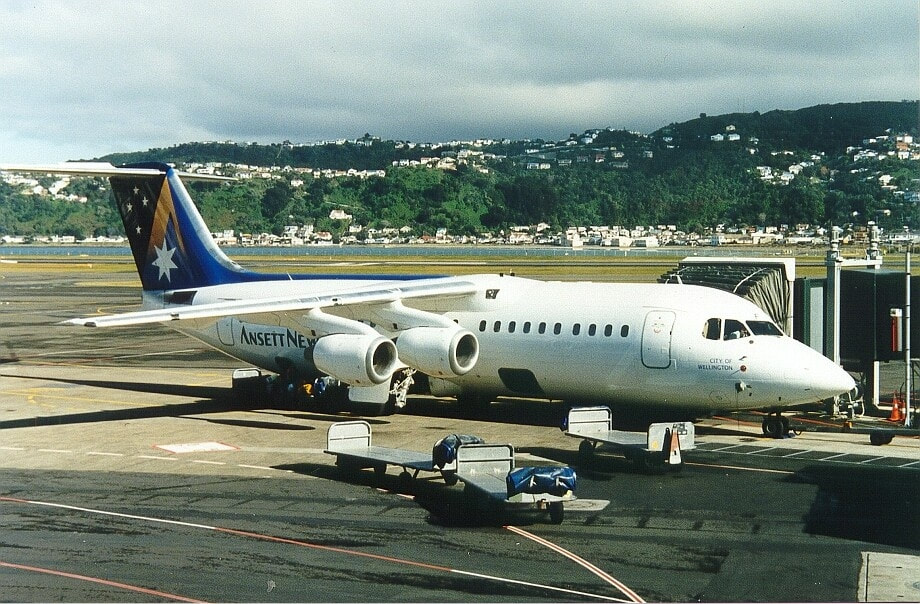
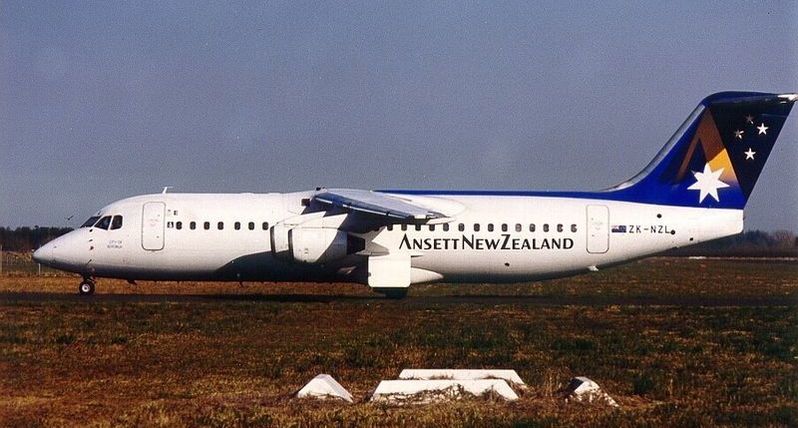
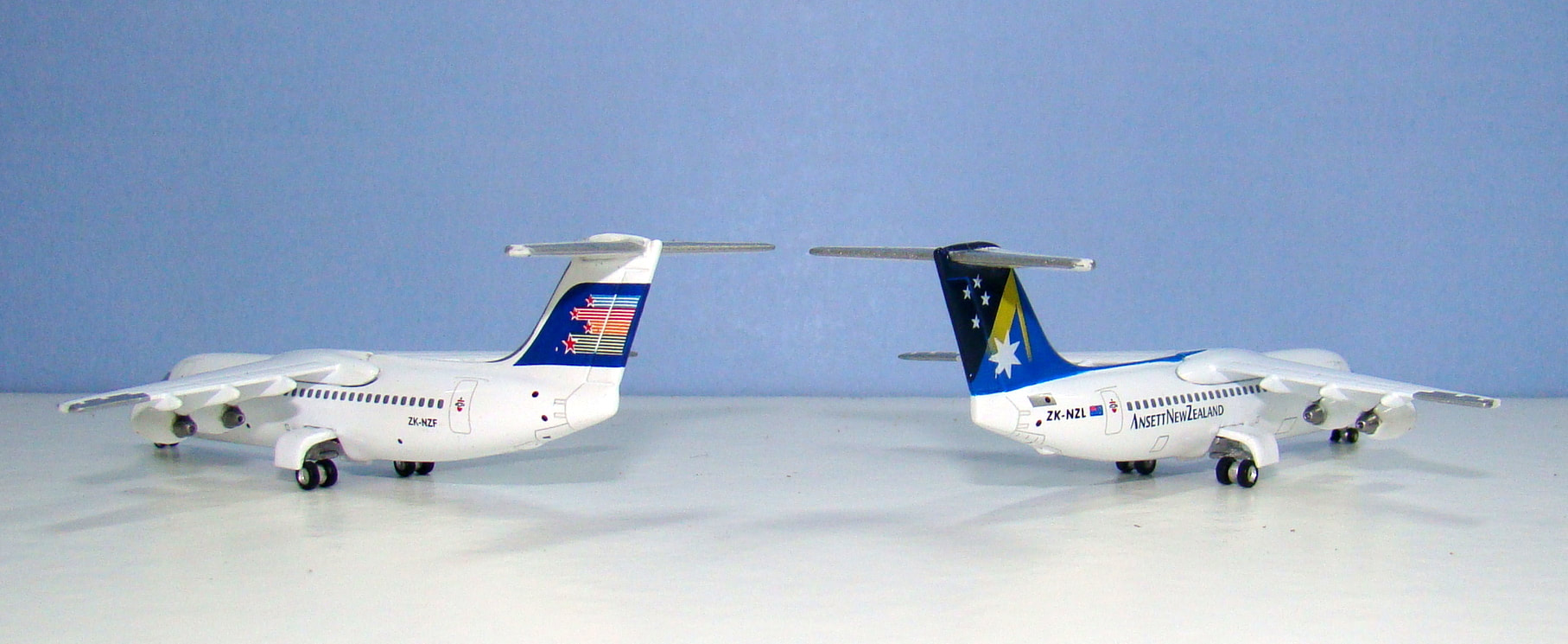
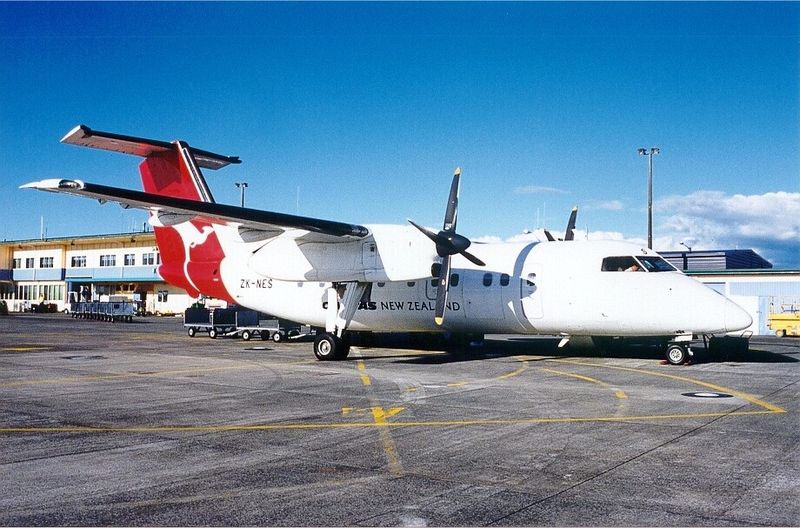
 RSS Feed
RSS Feed